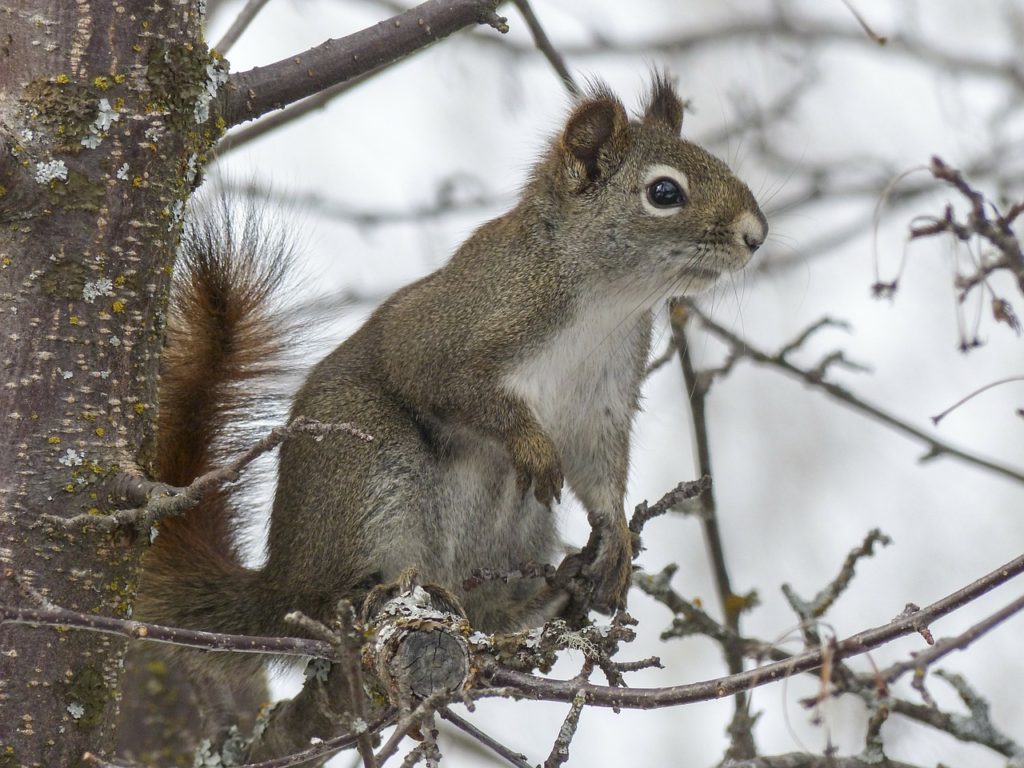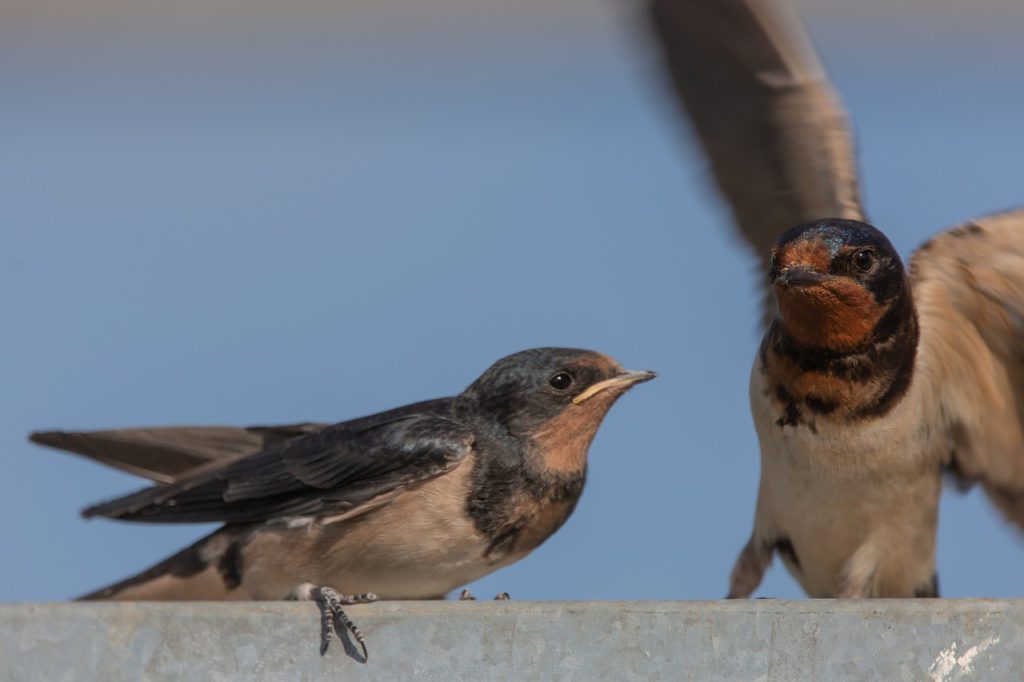Last Updated on April 26, 2023 by Lisa Vargas
When stuck in a survival scenario, food is a top priority. The four pillars of wilderness survival are food, water, fire, and shelter. These are the resources needed to survive in the wilderness.
The rule of three states that you can only survive three hours without warmth from fire or shelter, three days without water, and three weeks without food.
However, good fats and proteins are needed to have the energy for other survival tasks like collecting water and firewood or working on your shelter. To get those fats and proteins you need meat. But how are you going to build a snare trap?
You may see survivalists on television sharpen a spear or build a bow to hunt. Typically this is not realistic. The odds of you bagging anything with primitive hunting are small, and it requires a lot of time and energy.

Fishing is a better bet, but chances are you would not have good fishing gear in a survival situation. It also requires lots of time and energy. Scavenging for wild edibles will likely get you food, but not much in the way of fats and proteins.
This leaves trapping. In a previous article, we covered all of the basics for trapping small game. Now we are going to get more specific and talk about using snares for trapping and how to build a snare trap.
How To Build A Snare Trap
So with the above introduction, let’s go ahead and dive right into how to build a snare trap…..
What Is a Snare Wire Trap?
Snares are primitive traps using some type of cordage to create a slip knot. The loop of the snare is placed strategically to catch the neck or leg of your prey. While any cordage can be used for snares, wire has some definite advantages.
Animals caught in snare traps will pull hard to try and break free. Typically you only check your traps once or twice a day, so the animal could have hours and hours to get loose.
Wire is less likely to let the animal break free. These animals will often chew at their restraints to get loose, and wire is tougher for them to get through.
Finally, the most effective snares have the loop positioned in a very specific way. This is much easier to do with wire that can be bent into position.
Wire will then hold that placement until it is moved by an animal.
How Does a Snare Trap Work?
As stated above, a snare trap is designed to catch the head or leg of an animal. The loop is positioned specifically for the animal you are targeting. It is placed vertically at the height of the animal’s head, or horizontally just off the ground for the leg.
The loop is formed so that it is just larger than the head or leg of the animal. When the animal walks into the trap, one of two things happen.
Either the force of the animal pushing against the loop will tighten it around the animal and hold it in place, or an additional mechanical force will pull the loop tight and lift the animal off of the ground.
The animal will then hopefully stay put until you get there to dispatch of it.
Different Types of Snare Traps
There are three primary types of snare traps you can set. Below you will find a brief description.
What Is A Stationary snare?
A stationary snare is the simplest. This is just a snare trap tied off to a stationary object like a tree, a large rock, or a stake driven into the ground. In this design, the force of the animal pushing on the snare tightens down the loop.
What is a spring snare?
The next option is a spring snare. In this case the end of the snare is tied to a spring pole. The spring pole is bent over towards the ground providing a quick jerk when the trap is triggered.
There is a base stake driven into the ground with a notch carved into the side. Then a trigger stick is tied to the end of the spring pole with a notch that matches the base stake.
The two fit together holding down the spring pole. Then you can position the snare loop however you like.
What Is a weight-based snare?
Finally, you have weight-based snares. These are typically used for large animals that need to be lifted off of the ground.
The base stake and trigger stick are the same as a spring snare. The difference is that the trigger stick and snare loop are tied to a longer rope. This rope typically runs over a tall branch and has a heavy weight attached to the end.
When the trap is sprung the weight drops and pulls the snared animal into the air. You can use as much weight as you like for this, so it has been known to pick up very large animals.
How to Set a Snare Trap
As is with any primitive trap, setting snare traps properly can take some practice. You must have the trigger and the position of the loop set just right to have success.
Let’s start with positioning the loop as this applies to all three types of snare traps. You will need to start by finding a good location for your trap. Game trails are a great option for this as they are evidence that animals travel that route on a regular basis.
If you happen to find a den in the ground or in a tree, that is an excellent place to set a snare. You can also look for areas where you see droppings or tracks as these are also signs of recent animal activity.
To set your snare you will want to bend the snare loop so that it either sits vertically at the point where the animals head would be, or parallel to the ground but an inch or two higher to catch a leg.
Feel free to use sticks to position the loop properly. Then use debris like sticks, rocks, and brush to funnel animals directly into your snare loop.
Animals will take the path of least resistance, so make that path obvious for them.
Snare Traps For Squirrels

Another example of this is setting a squirrel trap. This is just a four or five-foot pole with several snares attached. The pole is leaned against a tree trunk at a 45-degree angle.
For a squirrel this is an easier path than climbing straight up from the bottom. You simply position the loops so they sit vertically on top of the pole.
When squirrels run up the pole, they will put their heads through the loops and typically fall off leaving them hanging when you come to check your traps.
Snare Traps For Birds

Perch bird traps are yet another design that targets the animal’s tendency to take the easiest route. This trap starts with a three to five-foot pole driven into the ground with a hole drilled near the top.
It works best out in an open area with no places for birds to land. The top end needs to be sharpened so it does not provide a good perch. A weight is tied to the end of the snare and the loop is fed through the hole.
A sharpened stick is then shoved into the hole to keep the snare in place. The loop is set to drape over the perch stick.
When a bird lands on the perch, it drops causing the snare loop to tighten on the leg. The weight then traps the bird against the base pole.
If you are setting a spring snare or a standard weight-based snare, the process is similar. You still position the loop of the snare in the proper spot and use debris to funnel animals into the trap.
The difference is that you need to set the primitive snare trap trigger first. This is done by pulling down your spring pole or pulling down on your weight cord.
Then you need to carefully fit the notches in the base stake and the trigger stick together so that it holds the weight, but just barely. You want a hair trigger so that any movement of the loop will trigger the trap.
I suggest trying out your trap a few times to make sure it springs into action when needed.
Please refer to our trapping overview article on additional tips. Points of focus such as disguising your scent and camouflaging your trap are important for any primitive trap.
What Is The Best Bait For A Snare Trap?
Of course, any kind of bait will increase the effectiveness of your trap. Just be sure the animals must be completely into the snare loop before they can get to the bait.
You can also come up with ways to attach the bait to the trigger stick to set off the trap.
With these basic snare types, you can customize your efforts to your needs. You can rig up a spring trap with a line and baited hook to be sure the hook gets set. This lets you fish effectively without being at the water, and the fish doesn’t even need to swallow the hook.
It just takes a little tug to set it off. If you are going after bigger animals, you can buy thick gauged wire snares that they cannot bite through.
They come with a length of wire plus a strong metal swivel loop at the end. Just make sure the wire you use for the rest of the trap is strong enough to hold.
For smaller animals, any flexible copper wire will do just fine. I typically like to use 24 gauge wire as it holds it’s shape but is also light and hard to see.
The most important thing to keep in mind with any primitive trapping is that it is a numbers game. You will typically need 20 or more snares set if you want to have meat every day. In addition, practice makes perfect.
Final Thoughts About Setting Snare Traps
Trapping is a skill that some people have spent decades mastering. Do not expect to go out and get a kill your first time. That being said, go out anyways and get that practice.
Practice setting your trap in different ways. Practice finding new locations for your trap. Try out different types of bait.
If you get to the point that trapping must be your primary food source, you will be glad that you did.
